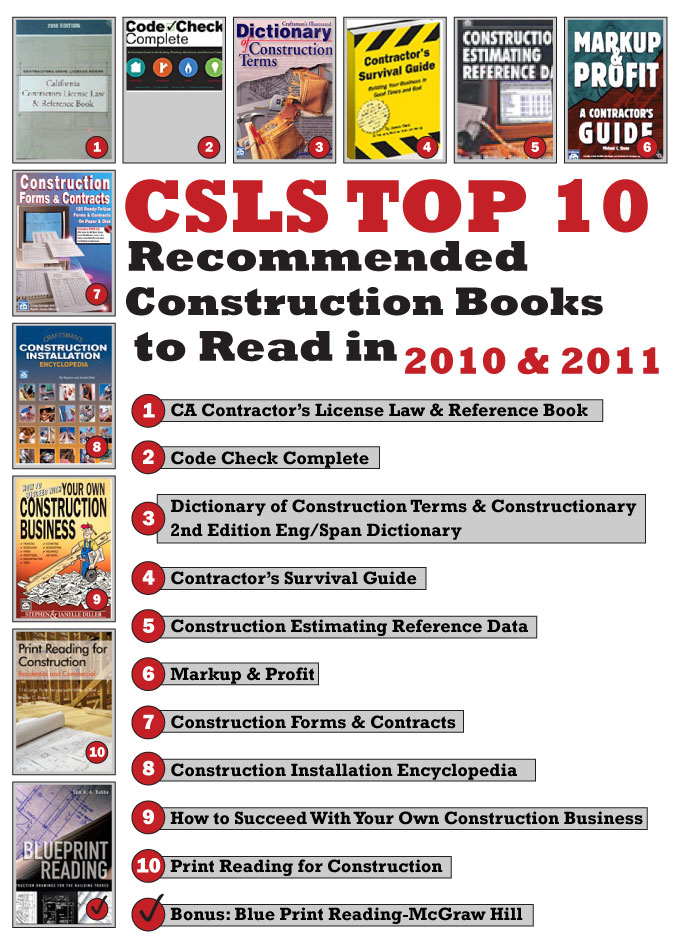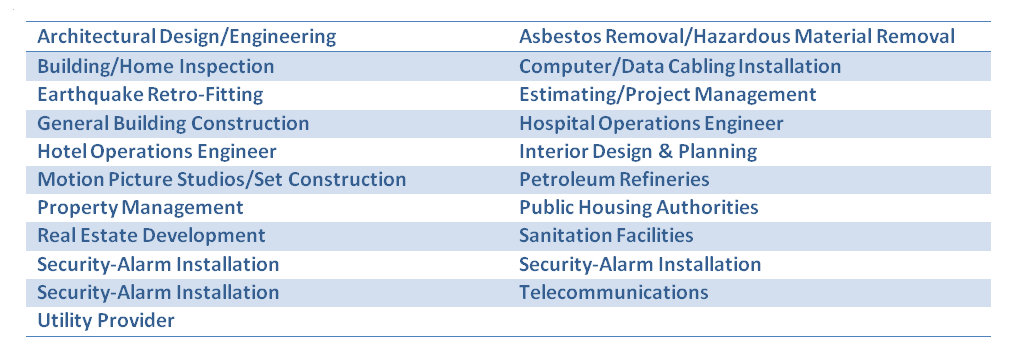
The National Association of Home Builders Reports:
As Downturn Lingers on, Remodelers Toss ‘Business as Usual’ Out the Window
No one at the Remodeling Show in Baltimore on Sept. 14-17 seemed to be sure of when the market will fully recover from its current downturn, but those whose businesses are performing the best aren’t waiting to see a substantial improvement. Instead, they have been changing who they are and how they operate, recognizing that their prospective customers have changed drastically as a result of the economic recession.
“We’ve all been burned a little bit and we want to put our poker chips on things that have given us a return,” said Bruce Case, president of Case Design/Remodeling, Inc. in Bethesda, Md.
After seeing its average job size tumble last year to half of what it was in 2008, his company has restructured to bring in more medium-sized jobs, and it is finding demand solidifying for kitchen and bath improvements. But Case does not foresee an end to the downturn for another two to five years, and is projecting modest annual gains in the 5% to 8% range in the meantime.
Speakers at the conference overall said that remodelers need to invest in professional business practices if they haven’t done so already, especially in calculating their costs and profits so that they know how to price their work and how much revenue they need to bring in to sustain their operations. In a segment of the housing industry that is dominated by very small businesses, many of which are still operating out of the back of a pickup truck, many remodelers have yet to adopt these basic practices.
No matter when a recovery does materialize, presenters at the show warned, remodelers should be focusing on redefining their businesses now and resist the temptation to just get by in soft times. Some of the remodelers attending the annual show, which is produced by Hanley Wood and sponsored by NAHB and Remodeling magazine, will reach record sales this year despite a generally downbeat market, speakers observed.
A ‘Wake-Up Call’
“This is a wake-up call,” said Melanie Hogdon, president of Business Systems Management, Inc. “Things won’t return to the way they were five years ago.”
Aside from bruising consumer confidence, the recession has dealt a more direct blow to home owners, who have lost the equity they previously plowed into improving their homes but still have to rely on their own money for remodeling projects because it’s hard to get loans, she said.
“It’s a buyer’s market,” Hogdon said. Prospective customers are just looking and in no rush to sign a contract. They are no longer grateful for a contractor calling them back. In today’s perilous times, “they want you to provide a sense of security and help them make the rough decisions.”
Hogdon said that thanks to the Internet, today’s customers are also “better informed than ever” about products and can easily check out the track records of the remodelers they might consider hiring.
“You used to be able to upsell,” Hogdon added. Now remodeling customers “are looking for the biggest bang for the smallest buck. There is no more keeping up with the Joneses. They are looking at the contractor for guidance,” and are searching for products that are “serviceable” and not at “the highest end.”
Swapping Horses
As a result of the slowdown, remodeling companies have typically been shifting down, she said, for example, from production to custom remodeling, from custom to full service, from full service to specialty remodeling, from specialty jobs to replacement contracting and from replacement to handyman jobs.
However, this process of “swapping horses,” she advised, requires making fundamental changes in the business that are impeded by legacy issues. “You are tied to what you used to do and can’t let it go.”
Remodelers who used to sell on their workmanship, Hogdon noted, may find that this “is not working so much now that the distance between price and value has narrowed.”
Among other dilemmas remodelers can expect to face as they carve out a new identity for their business: with sales and profits suddenly squeezed, owners may find that they are needed in the field and can’t stay in the office managing business at the same time as a shift to a greater number of smaller jobs makes management more important than it was before.
“When you put the tool belt on, who’s selling the jobs?” she asked. “What other management tasks are you distracted from?”
With the hope of emerging as the last man standing, remodelers may also succumb to the temptation of “taking any job to keep the guys busy. That is a formula for a financial debacle,” Hogdon said. “You probably have too many guys,” but remedying that situation isn’t easy because you have so much invested in them.
Employees will also have to be more flexible and able to adapt to new types of work, methods, products and clientele. However, they may be entirely unequipped to do the new work.
Identifying New Clients
Among other challenges of successfully transforming a remodeling business: the historical data may no longer be relevant for projecting what you need to know; production management requirements may change a lot; and estimating and pricing may have to be done in a vacuum until reliable data from the new business becomes available.
In switching over to a different clientele, “do you know who they are, what they want, how to market to them?” she asked.
In today’s market, the value of the job to the resale of the house won’t be the reason clients decide to purchase a remodel, said Hogdon, but comfort is a big selling point.
Among the unique things that the remodeler can offer are expertise with the financing process, tax credits for energy-efficient upgrades, paperwork, home performance, specialty products and value engineering. Two-day bathrooms — something remodelers used to say could never be done — are popular, she said, and remodelers can help make a name for themselves by partnering with specialists in energy performance, becoming an energy auditor, establishing partnerships with vendors and initiating a less-hurried sales process.
There is a tendency for remodelers to imitate each other and go after the hot jobs, she conceded, and businesses can veer in the opposite direction by going after “what’s not hot, what nobody else wants to mess with.” A prime example is lining up work related to the renovation, repair and painting rule recently implemented by the Environmental Protection Agency. “Everybody hates it,” she said.
Finance Is Pivotal
Also pivotal in reconstituting the business model for a tighter market, she said, is finance. Remodelers need to reduce their overhead and job-related costs. That includes asking for discounts, increasing efficiencies in the office, eliminating necessary overhead, retraining employees to make them more productive, maintaining and repairing tools instead of throwing them out and replacing them, and working out more favorable payment terms and pricing with suppliers and subs.
When it comes to pricing jobs, a strategy of breaking even can lead to nowhere, she said.
To illustrate that point, Hogdon presented the example of a remodeling job that brings in $35,000 in income and costs $23,000, leaving $12,000 in gross profit. Subtracting $10,000 in overhead brings in $2,000 in net profit. If the identical job is repeated four more times, the remodeler has $10,000 in net profit. However, when the sixth job comes along, for whatever the reason, the costs run over and there is zero gross profit. The $10,000 in overhead on this last job “offsets all of the accumulated profit, bringing profit to zero.” The remodeler will then need to do this job five more times to make up for the loss.
In considering various cost strategies:
■“Be sure to plan for the margin you need.”
■“Slice and dice until you get a price you need.”
■“If you can’t mark up materials, charge for your unique expertise.”
■“Test your pricing strategy.”
“And never buy a job.” Hogdon said that lowering the price will lower the margin, and “lowering margins will force you to utilize a higher volume to cover the same overhead.” Another recommendation against price discounts, “they set customer expectations for more price discounts.”
Hogdon recommended using available financial tools, including Judtih Miller’s forecasting tool on Remodeling magazine’s website, information on her site — www.melaniehodgdon.com, and Google’s “markup calculator.”
When operating in a new environment, “plan ahead, test the results, keep what’s valid and abandon what no longer works,” she said. This should result in a new pricing model that’s reliable, enabling remodelers to leverage their resources to do something different.



 NewEnergyWorldNetwork.com
NewEnergyWorldNetwork.com


